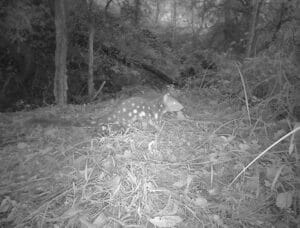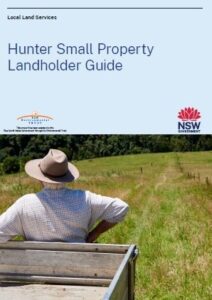Right across Australia, we are seeing a decline in the number of paddock trees. This has been estimated to be as high as 2.5% per annum, meaning old paddock trees could disappear within the next 100 years, resulting in millions of hectares of farmland becoming treeless. As paddock trees and small clumps of trees account for a significant amount of cover in agricultural landscapes, the impact will have major consequences. The fact that there is little regeneration of paddock trees will only exacerbate this decline.
There are many reasons contributing to this decline:
- Age of the remaining trees – Eucalypts have a maximum lifespan of 400-500 years (depending on species and location within Australia). Large trees that were retained after clearing the land 100-150 years ago or more may now be reaching the end of their lives.
- These trees are subject to a high rate of mortality due to agricultural practices including stubble burning, elevated nutrients, insect attack, salinity and soil compaction. Fertilisers and herbicides change nutrient levels and spray drift can kill off seedlings. Seed germination rates can also be reduced in highly fertilised soil.
- Continued land clearing continues to be a threat as landowners remove trees that are unhealthy, or in the way of cultivation and harvesting. Firewood collection is another risk.
- Eucalypts do not generally regenerate where they are grazed or cultivated, so there are no replacements ready to take over when the main tree dies.
- Climate change – a whole range of effects due to climate change can affect vegetation – colder winters, hotter summers, droughts and increased rainfall to name a few.
- Livestock directly contribute to tree decline through ringbarking and eating or trampling seedlings. Cattle camps under paddock trees cause changes in soil pH, compaction, fertility and can lead to root damage and erosion.
- Dieback – generally recognised as a combination of factors, dieback is the gradual deterioration in the health of a tree, often leading to death. It is a response to stressors in the environment including drought, insect attack, disease, parasites, nutrient toxicity, agricultural practices and climate change.
What Can We Do?
Paddock Trees need our help now! There’s a lot we can do to assist their survival and ensure the next generation of trees are ready to take over the role. Protecting existing trees, and succession planning is the priority, and this can be done by:
- Fencing a large area around trees on a permanent or long term basis to allow for natural regeneration to occur.
- Exclude livestock through better paddock management, short term spelling and reduced stocking rates to give regeneration a chance to begin.
- Do not remove fallen limbs, leave them under the tree.
- Avoid fertiliser and cultivation close to the tree
- Control weeds
- Avoid herbicide drift onto the tree
- Use fire breaks around the tree if stubble burning
- Retain other features such as logs, rocks, stumps and fallen timber as habitat
How you can participate:
If you are a landowner in the MidCoast area, and you think you have a paddock tree suitable for the project, please complete an Expression of Interest form which can be found here:
https://docs.google.com/…/1FAIpQLSe_Iorf2DsrEl66TQ…/viewform
Contact: Project Officer – Lauren Booth – lauren@midcoast2topslandcare.org or phone: 0402 131 674.




